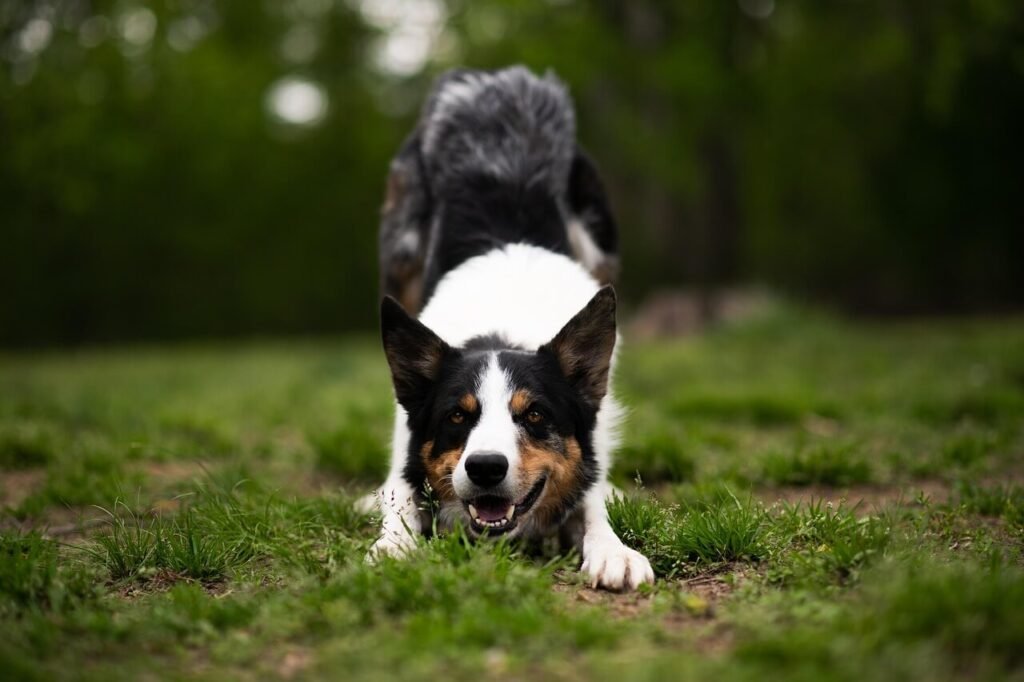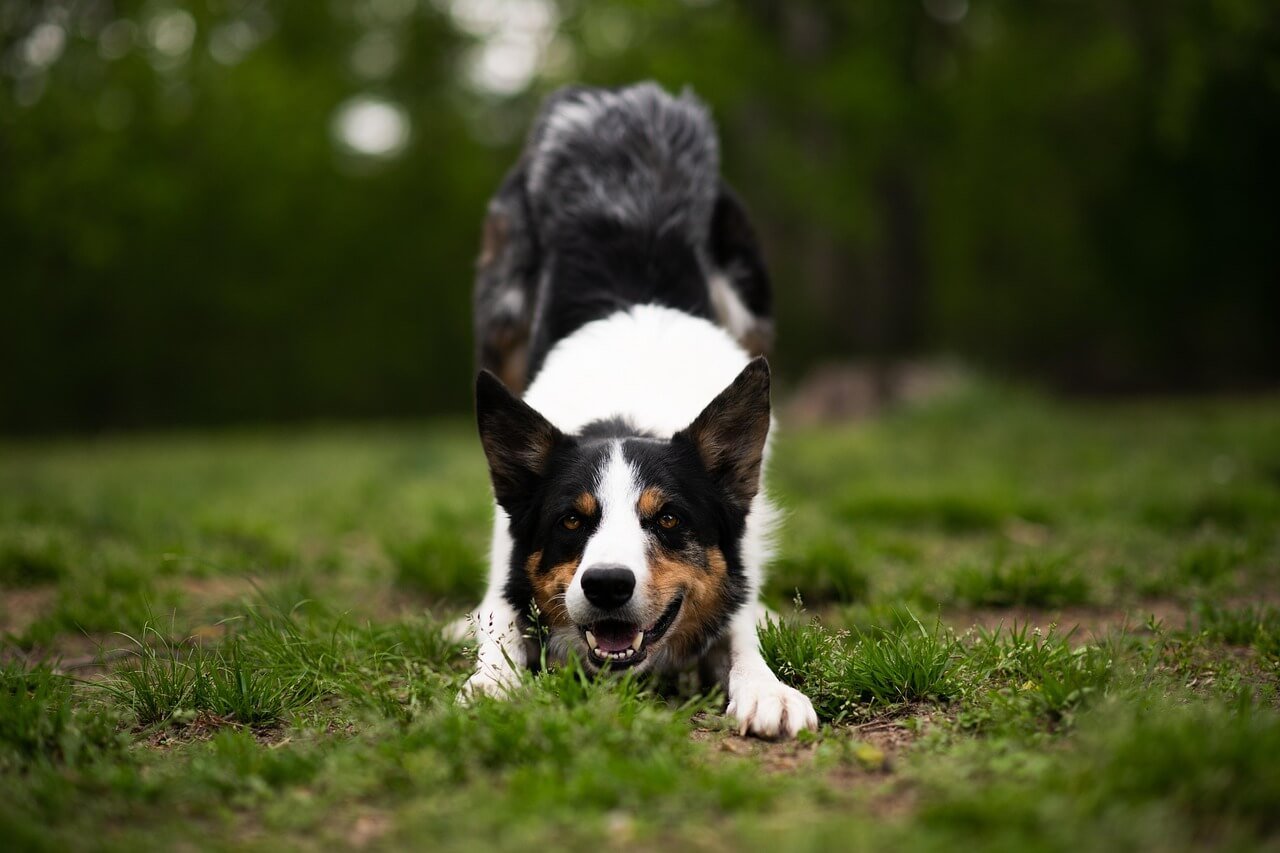Understanding Dog Cavities: A Comprehensive Guide for Pet Owners
Dogs, our loyal companions, bring immense joy and love into our lives. However, just like humans, they are prone to dental issues that can affect their overall health. One common yet often overlooked problem is dog cavities. While many pet owners focus on preventing fleas or ensuring their dogs get enough exercise, dental health can sometimes take a backseat.
Cavities in dogs, though less frequent than in humans, can still lead to discomfort, pain, and even more serious health complications if left untreated. In this blog post, we’ll explore what dog cavities are, how they form, and what you can do to prevent and treat them. By the end of this guide, you’ll have all the tools you need to keep your furry friend’s teeth healthy and strong.
What Are Dog Cavities? Breaking Down the Basics
Cavities, also known as dental caries, occur when bacteria in the mouth produce acids that erode the enamel of a tooth. While this issue is more prevalent in humans, dogs can also develop cavities under certain conditions. Understanding the basics of dog cavities is the first step toward prevention and treatment. Below, we’ve outlined key points about dog cavities to help you grasp their nature and impact.
Cavities in dogs are caused by bacteria that feed on sugars and starches left behind after eating.
The acid produced by these bacteria weakens the enamel, leading to decay over time.
Dogs with poor dental hygiene or diets high in carbohydrates are more susceptible to cavities.
Cavities can occur on any tooth but are most commonly found on molars and premolars.
Unlike humans, cavities in dogs are less frequent due to differences in diet and saliva composition.
By understanding these fundamentals, you can better recognize the signs of cavities and take proactive steps to protect your dog’s oral health. Remember, early detection is key to preventing further complications.
Signs Your Dog May Have a Cavity
Detecting a cavity in your dog isn’t always straightforward, especially since they can’t verbally communicate their discomfort. However, there are several telltale signs that may indicate your dog is suffering from a cavity. Paying close attention to these symptoms can help you address the issue before it worsens.
Excessive drooling, which may indicate pain or discomfort in the mouth.
Bad breath that doesn’t improve with regular brushing or cleaning.
Difficulty chewing or reluctance to eat hard foods.
Swelling or redness around the gums near a specific tooth.
Visible holes or dark spots on the surface of your dog’s teeth.
If you notice any of these signs, it’s important to consult your veterinarian as soon as possible. Early intervention can prevent the cavity from progressing and causing further damage to your dog’s teeth and gums.
Check this guide 👉Dog Tooth Abscesses: Best 7 Expert Tips!
Check this guide 👉Dog Tooth Fell Out No Blood: Best 7 Causes & Care Tips!
Check this guide 👉Understanding the Cost of Dog Tooth Extraction: Best 7 Tips!

Preventive Measures | Treatment Options |
|---|---|
Regular teeth brushing | Professional dental cleaning |
Dental chews and toys | Filling the cavity |
Balanced, low-sugar diet | Tooth extraction (if necessary) |
Routine vet check-ups | Antibiotics for infections |
Water additives for oral care | Pain management medications |
How to Prevent Cavities in Dogs
Prevention is always better than cure, especially when it comes to your dog’s dental health. By incorporating a few simple practices into your routine, you can significantly reduce the risk of cavities. Here are some effective strategies to keep your dog’s teeth cavity-free.
Brush your dog’s teeth at least 2-3 times a week using a pet-safe toothpaste.
Provide dental chews or toys designed to reduce plaque and tartar buildup.
Avoid feeding your dog excessive amounts of sugary or starchy treats.
Schedule regular dental check-ups with your veterinarian.
Consider using water additives specifically formulated to promote oral health.
By taking these steps, you can ensure your dog’s teeth remain strong and healthy for years to come. Prevention not only saves your dog from pain but also reduces costly veterinary bills down the line.
The Role of Diet in Preventing Dog Cavities
Your dog’s diet plays a crucial role in maintaining their dental health. Certain foods and feeding habits can either contribute to or help prevent cavities. Understanding how diet impacts your dog’s teeth can make a significant difference in their overall well-being.
Feed your dog high-quality kibble that promotes chewing and reduces plaque.
Limit treats that are high in sugar or carbohydrates.
Incorporate raw bones or dental-friendly snacks into their diet.
Ensure your dog has access to fresh water at all times to rinse away food particles.
Avoid giving your dog table scraps, which often contain harmful ingredients.
A balanced diet not only supports your dog’s overall health but also strengthens their teeth and gums. By making mindful dietary choices, you can minimize the risk of cavities and other dental issues.
Common Myths About Dog Cavities
There are several misconceptions about dog cavities that can lead to confusion among pet owners. Understanding the truth behind these myths is essential for providing proper dental care for your furry friend. Below, we debunk some common misunderstandings.
Myth: Dogs don’t get cavities because they eat differently than humans.
Fact: While dogs are less prone to cavities, they can still develop them, especially if their diet or oral hygiene is neglected.
Myth: Brushing a dog’s teeth is unnecessary if they chew on bones.
Fact: Chewing alone cannot replace regular brushing, as it doesn’t remove all plaque and bacteria.
Myth: Cavities in dogs are always painful and obvious.
Fact: Some cavities may go unnoticed until they progress, which is why regular vet check-ups are crucial.
By separating fact from fiction, you can make informed decisions about your dog’s dental health. Don’t let myths stand in the way of proper care!
Benefits of Professional Dental Cleanings for Dogs
Professional dental cleanings are an essential part of maintaining your dog’s oral health. These procedures go beyond what you can achieve at home and provide numerous benefits. Here’s why scheduling regular cleanings with your veterinarian is a smart choice.
Removes plaque and tartar buildup that regular brushing might miss.
Identifies early signs of cavities, gum disease, or other dental issues.
Reduces the risk of bacteria spreading from the mouth to other organs.
Helps prevent bad breath by addressing underlying dental problems.
Provides a thorough assessment of your dog’s overall oral health.
Professional cleanings are an investment in your dog’s long-term well-being. By staying proactive, you can ensure their teeth remain healthy and strong for years to come.
Fun Ways to Make Dental Care Enjoyable for Your Dog
Dental care doesn’t have to be a chore—for you or your dog! With a little creativity, you can turn oral hygiene into a fun and rewarding experience. Here are some ideas to make dental care enjoyable for both of you.
Use flavored toothpaste designed for dogs, such as poultry or peanut butter flavors.
Incorporate dental chews as a reward for good behavior during brushing sessions.
Play games with dental toys that encourage chewing and plaque removal.
Sing or talk to your dog in a cheerful tone while brushing their teeth.
Create a routine that pairs dental care with something your dog loves, like a walk or treat time.
By making dental care a positive experience, you’ll reduce stress and build trust with your dog. A happy dog is more likely to cooperate, making your job easier and more effective!
Frequently Asked Questions About Dog Cavities
Can dogs really get cavities?
Yes, dogs can develop cavities, although they are less common than in humans. Factors like diet and oral hygiene play a role.
How can I tell if my dog has a cavity?
Look for signs such as bad breath, difficulty chewing, drooling, or visible holes in their teeth.
What should I do if I suspect my dog has a cavity?
Schedule an appointment with your veterinarian for a professional diagnosis and treatment plan.
Can I use human toothpaste to brush my dog’s teeth?
No, human toothpaste contains ingredients that are harmful to dogs. Always use pet-safe toothpaste.
Are certain dog breeds more prone to cavities?
While all dogs can develop cavities, small breeds with crowded teeth may be at a higher risk.
Keeping Your Dog’s Smile Bright and Healthy
In conclusion, dog cavities may not be as common as other health issues, but they are equally important to address. By staying informed and proactive, you can ensure your dog enjoys a lifetime of strong teeth and healthy gums. From regular brushing to providing a balanced diet, every small step you take contributes to your dog’s overall well-being. Remember, your dog relies on you to keep them healthy, and their dental care is no exception. With the tips and insights shared in this guide, you’re now equipped to tackle dog cavities head-on. So, roll up your sleeves, grab that toothbrush, and give your furry friend the gift of a happy, cavity-free smile!
Understanding Scabs in Dogs Ears: Best 7 Tips! Learn how to identify, treat, and prevent scabs in your dog’s ears for optimal ear health.
Is Cinnamon Bad for Dogs? Best 7 Health Tips! Discover safe ways to use cinnamon, risks to avoid, and expert advice to keep your dog healthy.
Can Dogs Get Pneumonia from Humans? Best 7 Tips! Learn how to protect your dog, understand transmission risks, and ensure their respiratory health.
Can Dog Urine Make You Sick? Best 7 Health Tips! Learn how to stay safe, prevent illness, and handle exposure to dog urine effectively.





